In this article, I am going to explain the DBCC DBREINDEX statement, its syntax, and its usage. Additionally, I am also going to cover the differences between the DBCC REINDEX and ALTER INDEX statements.
Read more »


In this article, I am going to explain the DBCC DBREINDEX statement, its syntax, and its usage. Additionally, I am also going to cover the differences between the DBCC REINDEX and ALTER INDEX statements.
Read more »

In this article, we are going to talk about the various analytic functions that are supported by the SQL Server Database Engine. As it goes by the name, these are some special functions using which we can execute analytic queries on the dataset and obtain useful results. In comparison to standard SQL queries, sometimes it becomes necessary for the Data Analysts to deep dive into the data more and obtain insights from analytic perspectives. This article will discuss all the analytic functions supported by SQL Server with some details.
Read more »
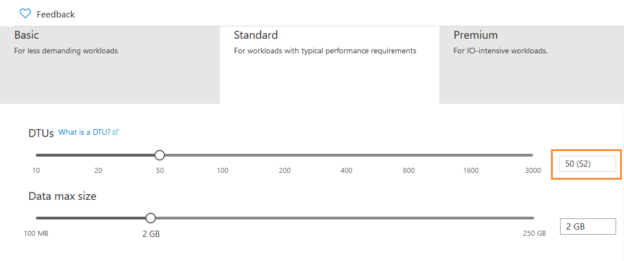
This article explores locks to prevent unexpected changes in Azure SQL Database resources.
Read more »
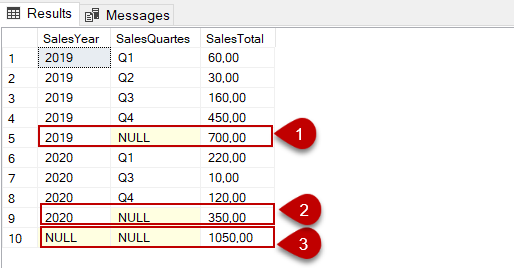
In this article, we will learn how to calculate and add a subtotal in SQL queries.
Read more »
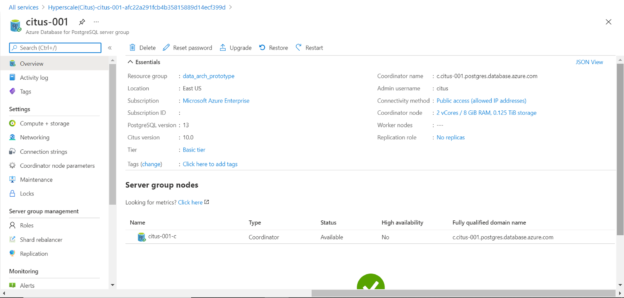
This article will show how to deploy the Hyperscale (Citus) server group of Azure Database for PostgreSQL and explore its configuration options.
Read more »
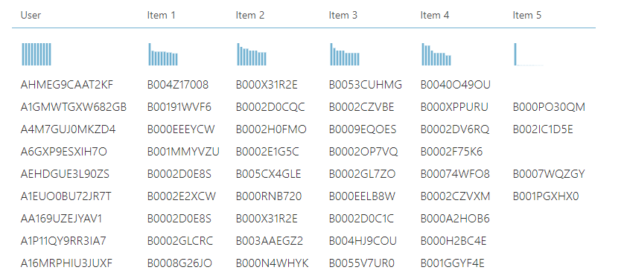
Until now, we have discussed several topics in Text Analytics in Azure Machine Learning in many aspects from the last couple of articles and in this article, we will be discussing the Recommender Systems for Customer Reviews.
Read more »
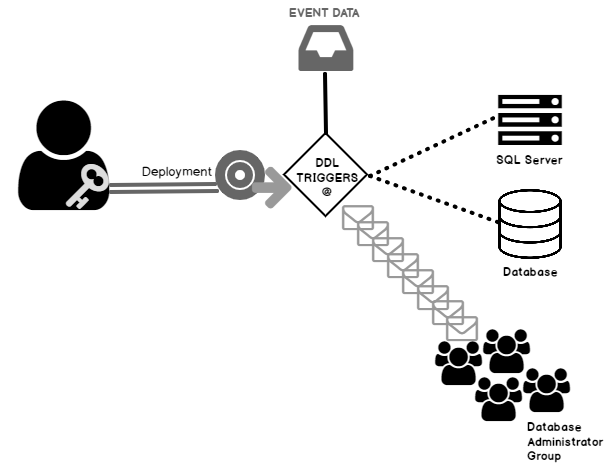
This article explores database DDL triggers for auditing Data Definition Language (DDL) on Azure SQL Database.
Read more »
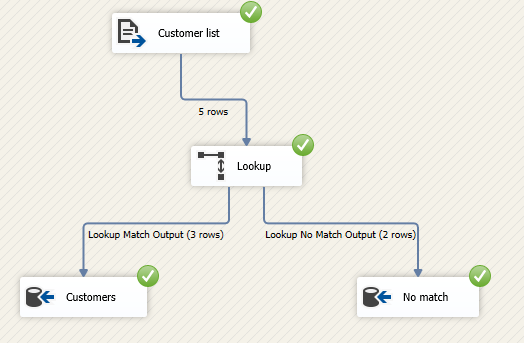
This article will explain how to use the SSIS lookup transformation and how it differs from the fuzzy lookup. This is a continuation of the SSIS features face-to-face series that we published previously on this website.
Read more »

In this article, we will explore some secrets about SQL Table Variables.
Read more »

Microsoft Azure has been a leading cloud service provider over the past few years. In this article, we are going to look into an overview of various cognitive services offered by Azure. In simple English, the word ‘Cognitive’ means to involve in intellectual activities, such as thinking or reasoning. Similarly, Azure Cognitive Services are also related to intelligence related to the computer and the way humans behave with these computers. For example, these services allow humans to interact with the machines as if they have the intellectual ability to talk, think and respond to events accordingly.
Read more »
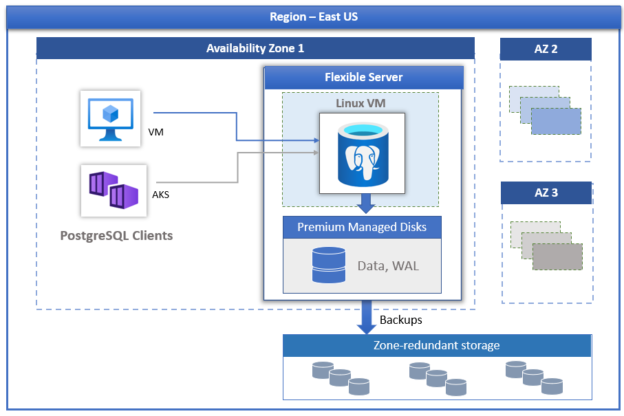
This article will walk you through the process to create a Flexible server model of Azure Database for PostgreSQL and learn the unique features offered by it.
Read more »
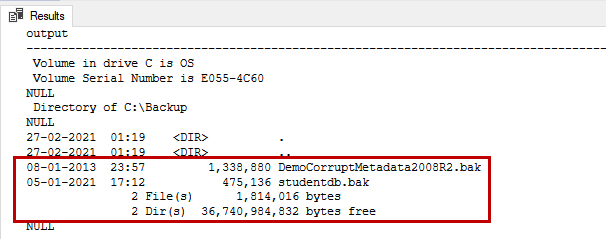
In this article, we are going to learn about xp_fileexist, its usage, and alternatives. To access the file system using SQL Server queries, we can use the following extended stored procedures.
Read more »
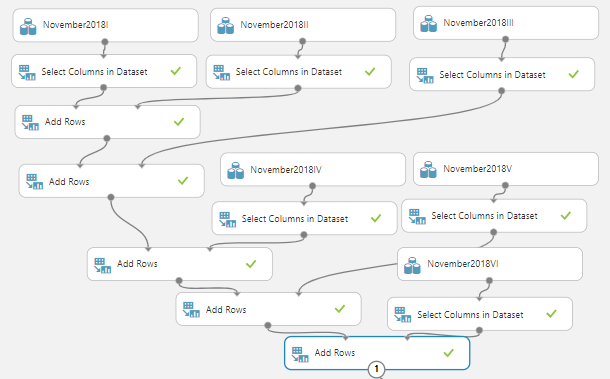
Until now, we have discussed a few topics in Analytics in Azure Machine Learning many aspects in the last couple of articles, we will be discussing the Latent Dirichlet Allocation in Text Analytics in this article.
Read more »
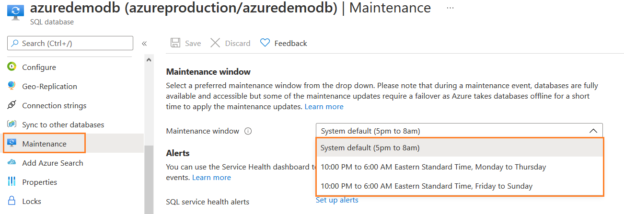
Azure SQL Database and SQL Managed instance are Microsoft offerings for PaaS SQL Server in cloud infrastructure. In the case of a traditional on-premises SQL Server, at certain times, we require database system downtime to perform specific operations such as hardware upgrades, OS and SQL Server patching. In a critical production database system, it is challenging to get downtime and schedule these activities.
Read more »
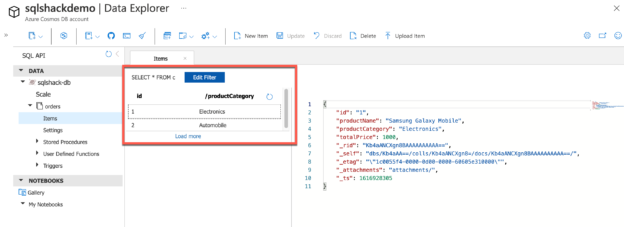
This article is a part of the series Learn NoSQL in Azure where we will learn about the DocumentDB SQL API in detail. Azure Cosmos DB is a serverless NoSQL database service provided by Azure that is highly available, globally distributed, and responds within the minimum latency. Due to these features, it is a perfect fit for building modern-day applications using the DocumentDB or SQL API of Azure Cosmos DB.
Read more »

In this article, we will explore the xp_fileexist extended stored procedure usage and other details. At the same time, we will take a look at alternative methods to this procedure.
Read more »
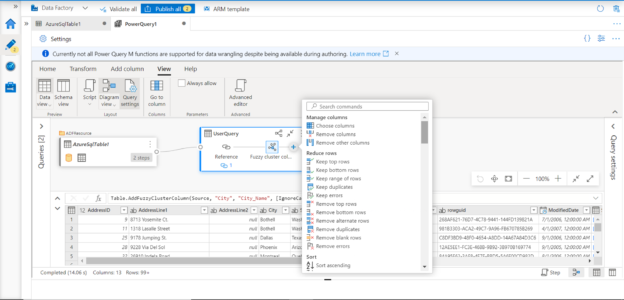
This article will help you get started with Power Query in Azure Data Factory to perform Data Wrangling.
Read more »
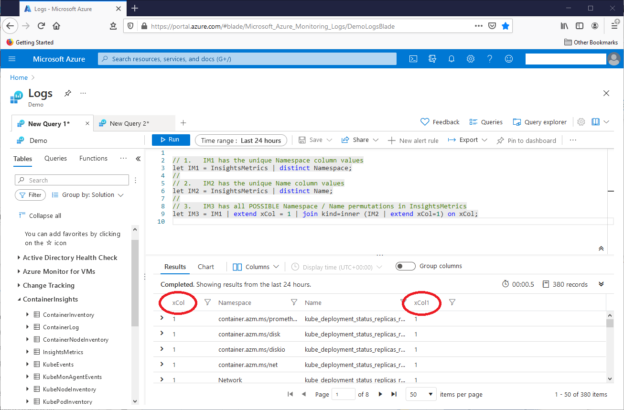
In the previous article Azure Data Explorer and the Kusto Query Language, we saw how the Microsoft Azure Data Explorer works, and we learned about the Kusto query language (KQL). We’ll build on this here in part two, we’ll learn more about KQL, and we’ll use KQL to solve a real-world data problem.
Read more »
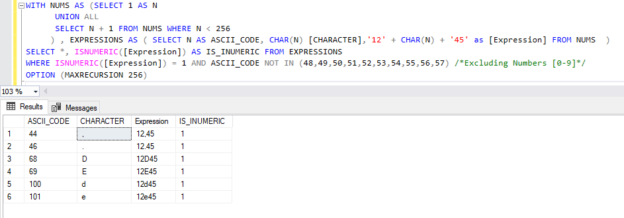
This article gives an overview of the SQL Server ISNUMERIC built-in system function. It explains how to use this function, illustrates its limitations, and provides some alternatives.
Read more »

As we are well into the discussions of Text Analytics in Azure Machine Learning from the last couple of articles, we will be discussing the Filter based Feature Selection in Text Analytics and how we can build a prediction model from the Filter Based Feature Selection in order to perform text classification.
Read more »
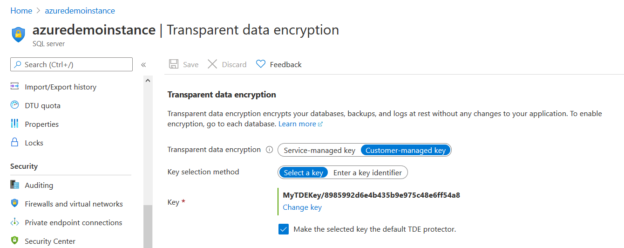
This article will restore a Transparent Data Encrypted Azure SQL Database into an on-premise SQL Server. Further, we will also create a copy of the Azure database on the same server.
Read more »
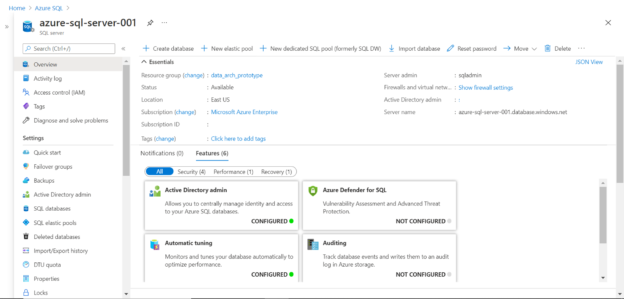
This article will show how to source data from Azure SQL Database into Azure Machine Learning.
Read more »
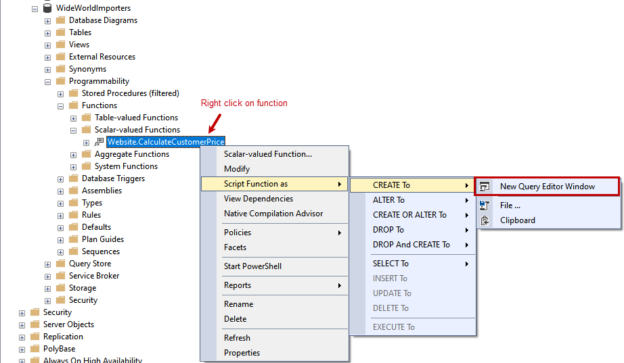
In this article, we are learning about the sp_helptext statement. I am going to show the various examples of the usage of it. I will also explain the two alternatives of the sp_helptext statement.
Read more »
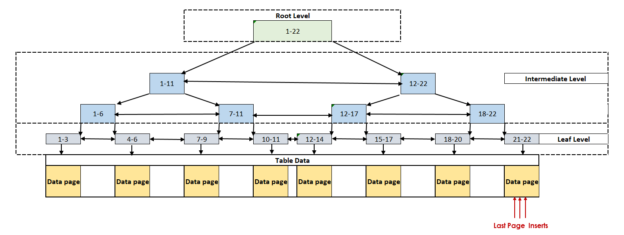
In this article, we will focus on one major SQL Server performance issue that we may experience during heavy data insertion in a table.
Read more »
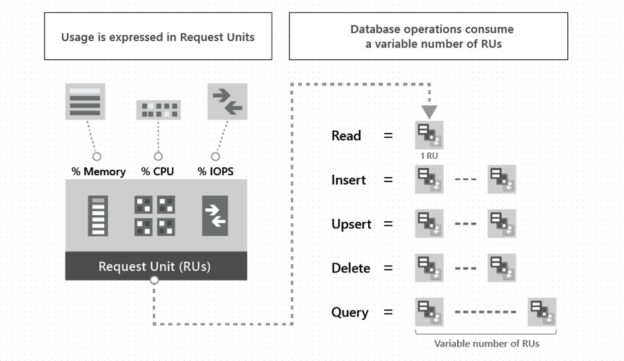
This article is a part of the series – Learn NoSQL in Azure where we explore Azure Cosmos DB as a part of the non-relational database system used widely for a variety of applications. Azure Cosmos DB is a part of Microsoft’s serverless databases on Azure which is highly scalable and distributed across all locations that run on Azure. It is offered as a platform as a service (PAAS) from Azure and you can develop databases that have a very high throughput and very low latency. Using Azure Cosmos DB, customers can replicate their data across multiple locations across the globe and also across multiple locations within the same region. This makes Cosmos DB a highly available database service with almost 99.999% availability for reads and writes for multi-region modes and almost 99.99% availability for single-region modes.
Read more »© Quest Software Inc. ALL RIGHTS RESERVED. | GDPR | Terms of Use | Privacy